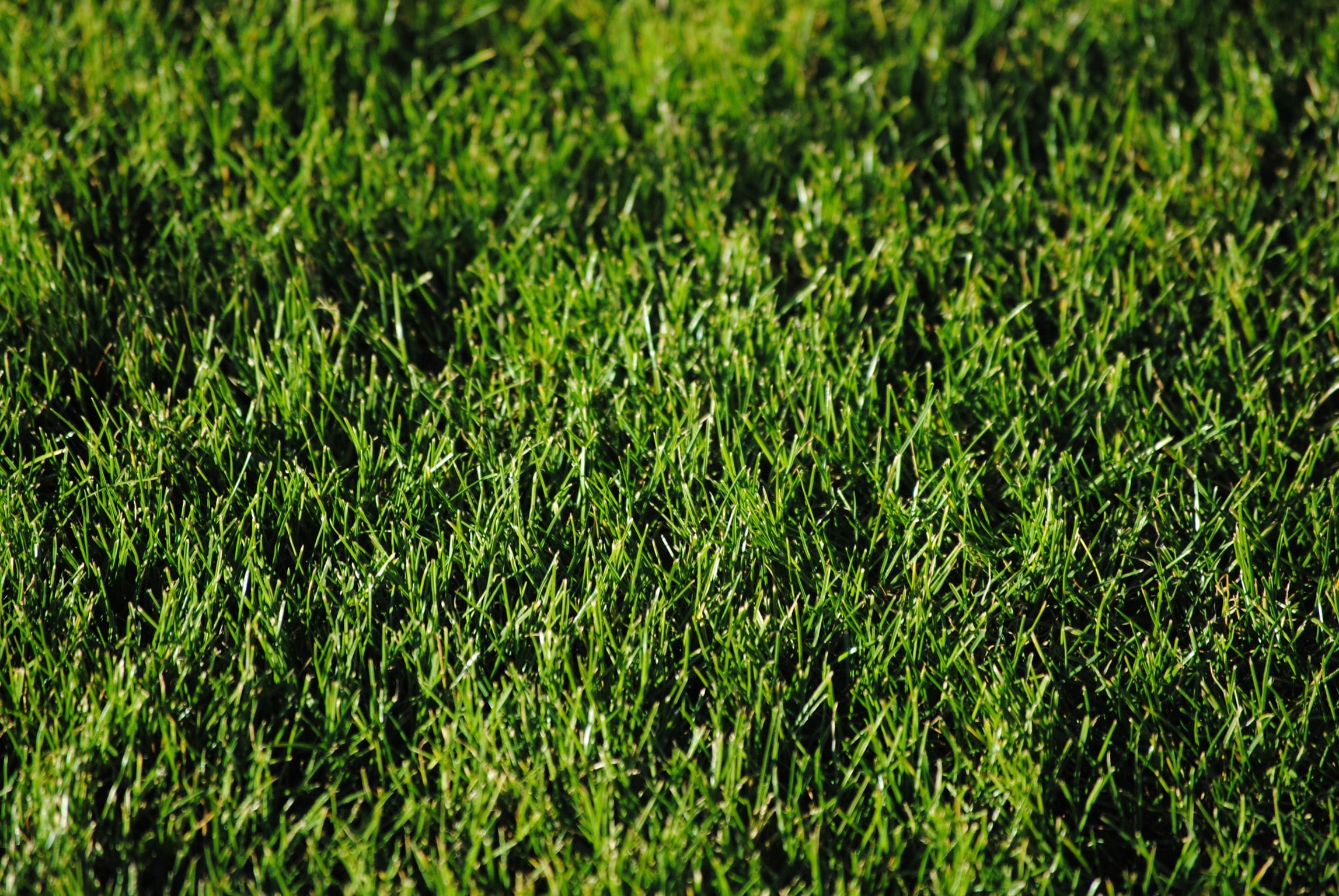Alan Titchmarsh's tips on autumn lawn care – what to do now
Grass looking a bit scruffy? This is the autumn lawn care you need to do to revive it – straight from Alan Titchmarsh himself


Autumn lawn care should always be on your agenda, but this year it might need a little TLC more than ever. After all, it got sodden at the beginning of 2020. Then, for many of us, there was plenty of heat and little rain over the summer, taking its toll on the green stuff. Likely, too, your lawn saw plenty of use when we were all at home for much of the time with kids playing on it even more than usual, and grown-ups spending extra time in the garden.
Take the opportunity to give your lawn some attention now, before temperatures drop and growth stops for the season. We’ve suggested the jobs you will need to do, and those you might have to, depending on the state it’s in. We’ve checked in on the advice of one of our favourite gardeners and broadcasters, Alan Titchmarsh, too, and we’re sharing his know-how. And if you need more tips or inspiration for your outdoor space, check out our dedicated garden ideas page.
- Need the best lawn mower for starters? We can help!
1. Scarify your lawn
The term sounds odd to new gardeners, but scarifying is actually raking the lawn. Alan Titchmarsh offered his advice on how to get it right on Gardeners’ World. Why do it? Well, Alan explains that it does several things. Scarifying lets in light and air. It also gets rid of the moss and dead grass, otherwise known as thatch.
You’ll need a wire-tooth, or springbok, rake to do the job, Alan says, and you’ll need to rake vigorously to remove the thatch. It’s hard work, but if it’s a job you can’t do manually – or if the chore is daunting because of the size of your lawn – you can invest in an electric or petrol-driven lawn scarifier or lawn raker, Alan advises. Don’t want to buy a machine just for this job? Don’t worry, you can hire one instead.
Once you’re done, you can put what you’ve raked up (or the machine has collected for you) on to the compost heap, Alan says. The result of your labour? You’ve put energy into your lawn by taking the rubbish out of it, our gardening guru reveals. Nice work!
2. Improve lawn drainage
You can prepare your lawn for whatever may come whether that’s times of drought or excess rain by aerating it in the areas that get most wear and tear. The parts that see the most use, including where the kids play, can get compacted.
You can do the job with a garden fork. Spike the ground to a depth of about 10cm then move the fork backwards and forwards to create air channels at intervals of around 10 to 15cm. Once you’re done, scatter top dressing, which you can buy from garden centres, across the lawn. Work it in to the grass using the back of a rake.
Get small space home decor ideas, celeb inspiration, DIY tips and more, straight to your inbox!
3. Feed the lawn
A tired lawn will benefit from an autumn feed. Make sure what you use for this is an autumn fertiliser – a spring one will encourage growth and you don’t want to do that at this time of year. An autumn fertiliser will instead encourage strong roots.
4. Repair the lawn

If your lawn is patchy, you can re-seed it or turf the bare parts in autumn. Miss your chance and the weeds will get themselves in there instead, so it’s definitely worth doing. This is a job best tackled when the weather is damp and cool.
If you’re going to use seed, cut out the problem turf, then lift it. Fork over the soil below, then add compost or top soil. Scatter the grass seed on, then cover it with some more compost or top soil to avoid the birds eating it and undoing all your work. Water using a fine rose on your watering can.
Prefer to use turf? Follow the same procedure as above until the area is forked over. Then cut the new turf to size and position it. Use a sandy top dressing in the gap where it meets the existing grass. Use a rake to press the edges of the turf and water as above.
More garden ideas:
- How to seed a lawn
- Best gardening tools: 8 top buys for garden maintenance
- How to plant spring bulbs

Sarah is a freelance journalist and editor writing for websites, national newspapers, and magazines. She’s spent most of her journalistic career specialising in homes – long enough to see fridges become smart, decorating fashions embrace both minimalism and maximalism, and interiors that blur the indoor/outdoor link become a must-have. She loves testing the latest home appliances, revealing the trends in furnishings and fittings for every room, and investigating the benefits, costs and practicalities of home improvement. It's no big surprise that she likes to put what she writes about into practice, and is a serial house revamper. For Realhomes.com, Sarah reviews coffee machines and vacuum cleaners, taking them through their paces at home to give us an honest, real life review and comparison of every model.